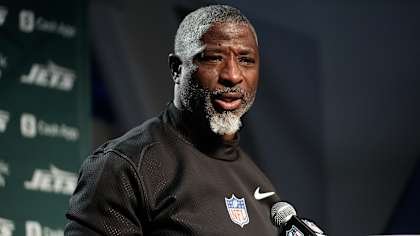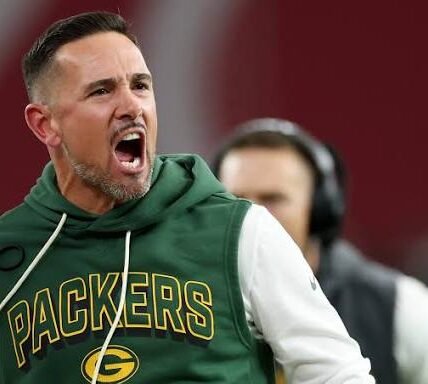Detailed breakdown of the Detroit Lions’ two unusual challenges against the Buccaneers
A full analysis of the Detroit Lions’ two unusual challenges against the Tampa Bay Buccaneers, complete with rulebook context and referee explanations.
The Detroit Lions found themselves in another strange officiating sequence on Monday night during their matchup with the Tampa Bay Buccaneers.
Early in the fourth quarter, Detroit challenged a ruling in which Buccaneers tight end Cade Otton was credited with converting a fourth-and-2. Otton appeared to make the grab, stretch toward the line to gain, and lose the ball upon contact with the ground, which Tampa Bay recovered. The ruling on the field stood as a Buccaneers first down.
However, the Lions contested the play. Coach Dan Campbell later confirmed that the challenge was centered on whether Otton had fully completed the catch process. Detroit’s hope was that Otton had not finished the act before falling, meaning the ground’s contact causing the ball to come loose would render it incomplete. After review, officials ruled Otton had secured the catch—control, two steps, and a football move—so the Lions lost the challenge.
But that wasn’t the conclusion. As the broadcast returned from commercial, officials were summoned back to recheck the football’s spot. NFL Vice President of Instant Replay Mark Butterworth provided clarification in the postgame pool report.
“Later in the process we got an enhanced broadcast angle showing that Otton’s knee was down short of the line to gain. Because of O2O (official-to-official) communication problems, the referee returned to the monitor—not to view footage, but to finalize the correction to the ruling.”
Even though Detroit’s challenge focused on a different element, the officials reviewed the ball spot and ultimately decided Otton was short of the first down marker.
The rulebook clearly states that once a challenge begins, every reviewable portion of the play can be examined. According to Rule 15, Section 2, Article 2:
Once a review starts, all reviewable elements of a play may be examined and changed, even if unrelated to the initial challenge reason.
And yes, the Lions’ challenge still counted as successful, even if their original claim wasn’t upheld. Rule 15, Section 6, Article 1 reads:
“A challenge is considered successful if any reviewable aspect of the play is changed.”
Were the referees correct in adjusting the spot? That’s for debate.
Detroit’s second challenge was arguably even stranger. On the play, Baker Mayfield was strip-sacked, and Tampa Bay recovered for a modest two-yard gain. The referee stated Detroit was challenging “that the runner was down by contact short of the line to gain.”
That explanation didn’t add up. Bucs lineman Tristan Wirfs recovered five yards behind the line to gain, and the call was third-and-5 for Tampa Bay.
When asked for clarification, Campbell explained he wanted to see if Mayfield was down before fumbling—so Detroit would gain the sack yardage and erase the fumble’s forward recovery. But replays showed the ball was out long before Mayfield hit the turf. Campbell admitted it was a poor decision.
“That was a bad challenge. Totally on me,” Campbell said. “I thought he was down at the fumble site—just desperate thinking. Shouldn’t have thrown it. If you were like, ‘What was he thinking?’ you’d be right.”
Some believe Campbell simply wanted a timeout to rest his defense during the Buccaneers’ grueling 18-play drive, but the Lions coach gave no such admission.




